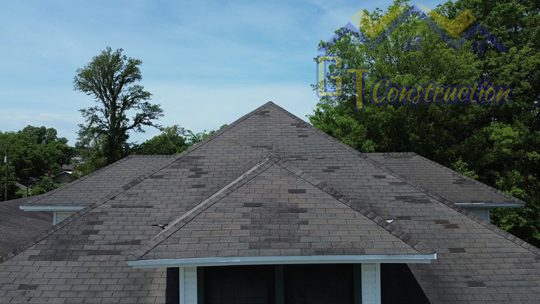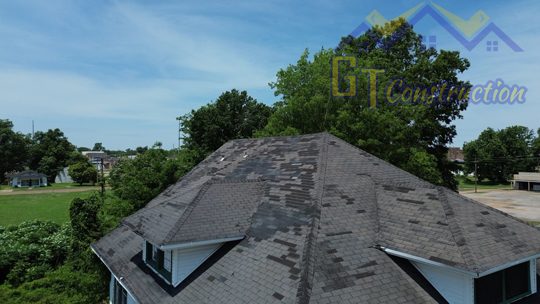How Do I Know When My Shingle Roof Needs to Be Replaced?
A well-maintained roof is crucial for protecting your home from the elements, especially in Mississippi and Louisiana, where the weather can be unpredictable. Knowing when to replace your shingle roof can save you from costly repairs and damage. This guide will help you identify the key signs that it’s time for a new roof and understand how the local climate affects roof longevity.
Signs Your Shingle Roof Needs Replacement
Curling or Clawing Shingles:
If your shingles are curling at the edges or clawing in the middle, it indicates significant aging and weathering. This makes the shingles more prone to damage from wind, ice, and rain, increasing the risk of leaks. Regular inspection can help catch this issue early.
Missing Shingles:
Shingles protect your roof's structure, so missing shingles compromise its integrity. Frequent or widespread shingle loss often signals the need for a complete roof replacement. Inspect your roof after storms to identify and address missing shingles promptly.
Granules in the Gutters:
Asphalt shingles shed granules over time, which you may find in your gutters or around downspouts. An increase in granules indicates that the shingles are deteriorating, leaving your roof vulnerable to UV damage and reducing its lifespan. This is a sign that your roof may need replacing soon.
Cracked Shingles:
Cracks in shingles, often caused by age or weather damage, can lead to leaks. While a few cracked shingles can be replaced, widespread cracking is a sign that the roof is nearing the end of its useful life. Regular inspections can help you spot and address cracks early.
Moss and Algae Growth:
Moss and algae growth indicate moisture retention and can cause shingles to lift and expose the underlayment. While moss can be cleaned, extensive growth usually necessitates roof replacement to prevent further damage. Early intervention can help preserve your roof's lifespan.
Ready to find out more?
Drop us a line today for a free quote!





